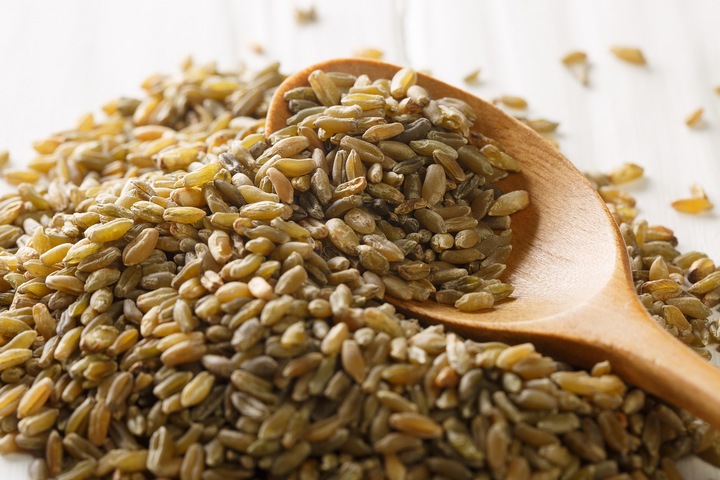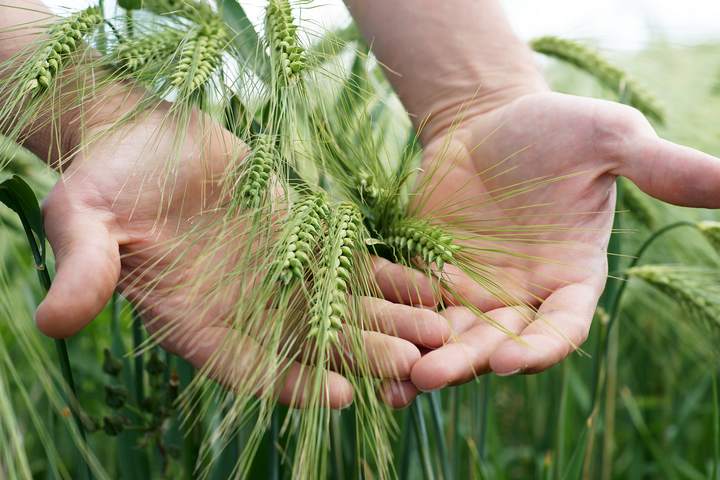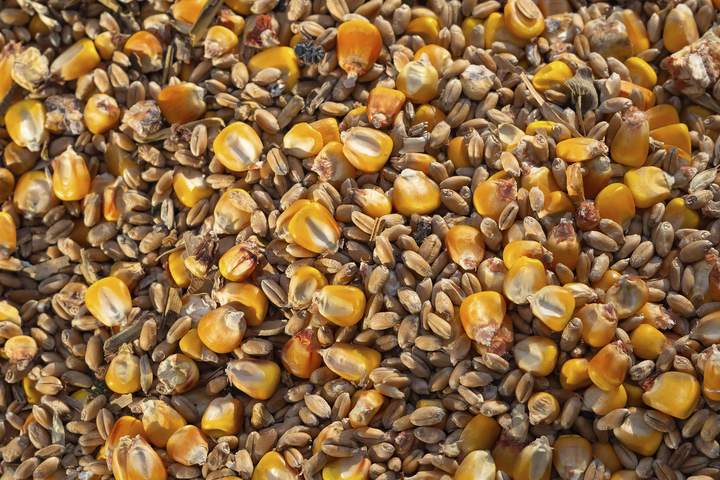
Cereal grains are an important source of nutrients and are grown around the globe. It is the seed harvested from various grasses, including wheat, oats, corn, rice, barley, etc. Although we use it to feed livestock, make fuel, cosmetics and alcohol, half of the grain produced is for people to eat.
Everything from the growing season, time of harvest and handling equipment to drying, storage and transportation procedures can affect the grain. The quality of grain is very important as it determines the market prices and what the consumer wants.
There are many factors affecting grain quality:
Intrinsic factors affecting grain quality:
- Colour
- Aroma
- Smell
- Size
- Shape
- Composition
- Bulk density
Extrinsic factors affecting quality:
- Moisture content
- Age
- Broken grain
- Immature grain
- Infected grain
- Foreign matter
Assessing the quality of the grain is done by two methods. The first is called the quantitative method, while the second is called the qualitative method.
Quantitative Method

This is a method of counting and measuring with a chemical analysis of the grain. It determines moisture, amino acids, free fatty acids, non-protein nitrogen, urea, silica, ether extract, crude fibre, crude protein, biogenic amines and nitrogen-free extract.
Moisture
Seed quality is affected by the moisture content in the grain. It also affects the storage life of the seed. While moisture is vital for plant growth and starch development, it also ensures that there will be the best milling yield because of the endosperm filling out. After harvest, the moisture content needs to be low for storage viability before the grain is milled.
Too much moisture will result in mold growth and storage sprouting, insect infestation, and possibly the formation of toxins. High moisture also reduces the protein content and produces a lower flour yield because of a hard grain. As a result, grain farmers must regulate moisture levels with a close eye. That’s why they use grain bin moisture monitoring systems to maintain the quality of their harvests.
Protein
Determining the grain’s protein content indicates how it is stored and blended and the grading of the seed. The protein content is the primary specification for classifying grains as the molecular weight of the protein glutens determines the texture, rising properties and dough cohesiveness.
Falling Number
A falling number test is conducted to evaluate the potential sprout damage. It measures the degree to which weather damage has resulted in sprouting, and the presence of the enzyme Alpha-amylase will dramatically increase if germination occurs. This will reduce dough performance, strength, loaf volume, and shelf life.
The test is performed by taking a sample of the wheat and grinding it. Then water is added to a test tube and shaken to form a slurry. A stirrer is put in, heat is applied, and the slurry is stirred for 60 seconds. Gravity drops the stirrer, and a falling number is determined by how long in seconds it takes the stirrer to reach the bottom of the tube.
The grain is additionally tested for milling quality, nutritional value, susceptibility to breakage, carcinogen content, mold count damage, infestation, seed viability and checked for additional contaminants including:
Extrinsic
- herbicide
- fungicide
- insecticide
- mycotoxins
- weeds
Intrinsic
- allergins
- lectins
- phytoestrogens
- glucosinolates
- saponins
- tannins
- ricin
- sinapine
- gossypol
- lipoxygenase
- urea
Because the grain trade is worldwide, there have to be regulatory standards for grain quality through the seed’s growing, storing, and milling. Understanding the factors that affect grain quality will help producers manage their crops, so they get to market and demand top dollar.
Qualitative Method

Grain quality is measured by inspecting the physical characteristics where analysts examine the grain ingredients, looking for changes in the raw material. This is achieved through several techniques.
Smell
Any fungal contamination or boring insects will give off a musty odour. You can also detect rancidity, and if there are too many pesticides and fungicides used, you will detect the odour of petroleum products.
Colour
Colour changes are a key to how mature the grain is and its storage conditions, along with sand contamination, the presence of toxins and the use of pesticides and fungicides. Discolouration also results from heat damage and makes the grain appear darker, blistered, wrinkled, inflamed, or swollen.
Particle Size
The smaller the grain, the lower the metabolizable energy value. This is because of the seed coat’s increased proportion. Grain is screened to determine the size and shrivelled or split-grain, so buyers know they are getting full volume.
Taste
Changes in the taste of ingredients like bitterness indicate rancidity or mycotoxins.
Sound
The sound can determine the dryness of the grains it makes when dropped, like coins being spilled.
Kernal Damage
Another aspect of grading is damaged kernels that result in a decreased value. Damage happens for several reasons, including:
- Heat
- Mold
- Insects
- Frost
- Sprouting
- Immaturity
- Weathering
Foreign Material
Grain can become mixed with the debris during harvesting and storage, resulting in discounted pricing and lot rejection. Contaminates such as plastics, metal, glass, rocks, and sand must be cleaned before milling the grain. Any evidence of contamination from other grains, husks, and seeds is examined, and hair and fecal material from pests.
Touch
The analyst can feel for clumps in bags to detect high moisture content and improper storage. When given light pressure, the clumps will crumble.
